In “The Long Lasting Benefits of Childhood Creativity,” published in Psychology Today, November 2021, Victoria Prowse, PhD looks at research from the National Child Development Study (NCDS) that has followed nearly every child born in the UK the first week of March 1958.
Though the study was established to learn more about infant mortality, it was extended after a few years to look at issues in education. Of the many amazing things this study has uncovered, Prowse takes a deeper look at the link between creativity in children at age 7, as noted by their teachers, and their achievements later in life.
After controlling for economic background, parenting styles, and the like, Prowse says, “Those who tested as more creative children earn more and reach higher levels of education, and tend to work in better-quality jobs that require experience.”
Yes, my friends, you read that right...
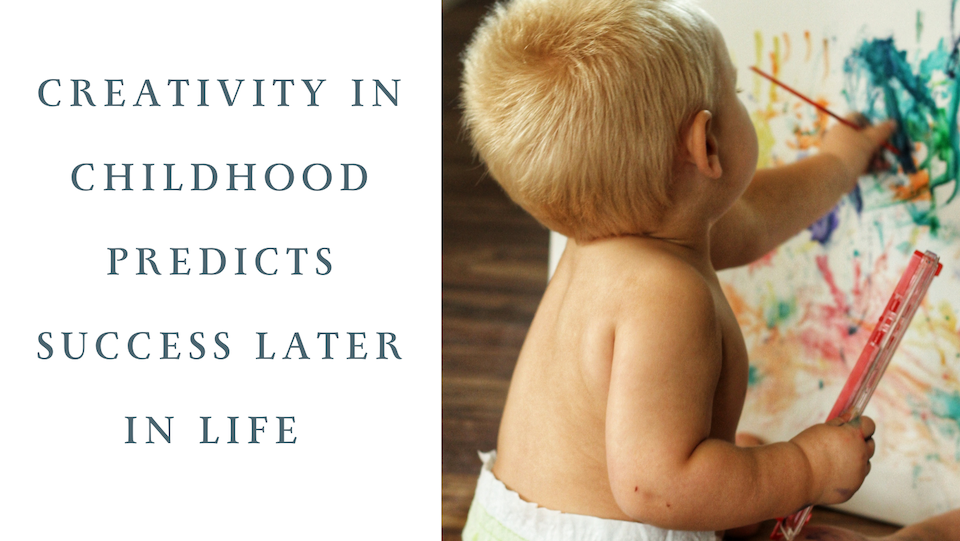
Every child is an artist, the problem is staying an artist when you grow up. -Picasso
Most artists I know enjoy sparking creativity in children. It’s an honor, really, to pass on the creative spirit. And while working with other people’s kids is not in my wheelhouse, I so enjoyed teaching my boys to draw, paint and write, and loved joining them at play in their imaginary worlds.
But time marches on. This fall they’re off to college, which is, I find, bittersweet. I’m thrilled they are about to fly away, off on their own adventures and I feel confident, (fairly confident, anyway), that I’ve given them the tools to do so, in particular, tools that will help them see the world through a creative lens. And yet, the thought of not being able to sit around the dinner table talking about things of great importance or of little consequence, that does sting, just a bit.
Just a Hobby?
And so, with colleges selected, orientations lined up, and financial aid packages turned in, I keep reminding them of their creative penchants–one in writing, the other in photography–and have suggested that they take courses in these fields.
To my chagrin, neither is pursuing anything in the arts, not even as a minor.
I don’t know how this happened.
In fact, whenever I bring up the possibility of taking an art class even as an elective, they shrug and respond:
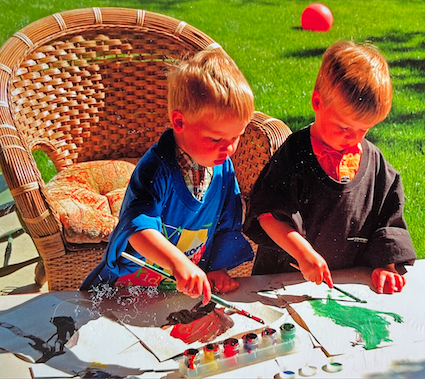
“Mom, that’s a hobby not a career.”
and
“You can’t make money doing that.”
But why is art a hobby? And, what’s more, how is it that even my children, who have grown up surrounded by art, who have met successful artists, and have been encouraged and praised for their artistic ability–why do they still see art as a lesser calling?
The World needs creative minds
In her TedX DU talk from May 2011, Temple Grandin, expressed the need for creative/visual thinkers. Grandin is autistic and has, throughout her life, had to deal with considerable obstacles. Check out this video for her insights into how her own unique brain works.
Despite her disabilities, Grandin holds a PhD from Colorado State University and is renown in the cattle industry for revolutionizing the way animals are treated, which she was able to do because of the way her brain works.
A creative visual thinker, she realized early on that she could see solutions to problems that pattern thinkers (engineering/math-based minds) couldn’t. Grandin insists that different kinds of minds have to work together in order to see all sides of a problem.
One of the issues we face today, she believes, is the specialization of educational paths and the lack of creative training. In the linked video, she talks about the nuclear power plant disaster that occurred after a tsunami hit Japan. The brilliant engineers who designed the plant didn’t consider safe guards should a tsunami strike. A creative/visual mind, she believes, would have foreseen such an occurrence and planned for it.
If we're all born creative, how do we lose it?
I’m a big fan of Brene Brown, the social scientist who specializes in vulnerability and shame research. I highly recommend her talks and books, in particular, the audio seminar, “The Power of Vulnerability.”
Part of her research delves into the qualities of “whole-hearted” people. She describes these people as possessing the ability to embrace life to the fullest. They are healthier than most because they have learned how to shake off life’s struggles, disappointments and fears like water off a duck’s back.
One of the key characteristics that every whole-hearted person has and actively pursues as a form of expression is–you guessed it–creativity.
Brown, who has the most delightful self-deprecating sense of humor, talked about how frustrating this discovery was for her personally. She said that when friends would invite her to join them in some artistic activity, her response was an emphatic: “No thanks. You,” she would say, “can do your A-R-T but I have a J-O-B.”
Both Sides of the Coin
In her research, Brown discovered something fascinating about people who eschew creativity. They could go back to the exact day in their lives–most often in middle school–when a teacher ridiculed their attempt at art.
Shaming a child at this formative stage had, in every case, the devastating effect of shutting off the spigot of creativity.
I don’t mean to get down on teachers; it’s a tough job and they could use more support. And, sure, the negative stuff always seems to hang around in our psyche somewhere, even when we’ve also been exposed to teachers who have inspired greatness.
For me, inspiration came from Mr. Snow, my fifth grade English teacher, whose tough critiques of my writing pushed me to be better. My memory of Mr. Snow was that he treated me like a writer. Mr. Snow believed in me.
Art Finds You
I still hold out hope that my boys will take an art course or two in college and continue to flex their creative muscle, even if they consider it a hobby.
Thinking globally, however, if creativity in kids is, as the UK study suggests, an important factor for success later in life, shouldn’t we all be doing more to support access to the arts for kids?
In her April 2020 TEDx talk, Jane Werner, the director of the Pittsburg Children’s Museum, explained that children are constantly questioning their model of the world. Encouraging experimentation in kids is paramount and includes developing spaces with great design. Kids innately love design, she said, which is why they often enjoy the box their toy came in more than the toy. Joy, she added, also needs to be woven throughout kids’ experiences.
Practical ways to Inspire Creativity
Victoria Prowse suggests adults can inspire creativity by encouraging independent thinking in several ways. Try asking questions with no right or wrong answer, for example. And, give kids challenges that can’t be readily solved using the logical steps they’ve already mastered. Most importantly, support children when they are faced with resistance to their creative ideas. Not everything will be great, but recognizing originality should be encourage. The goal is to support the never ending flow of creativity.
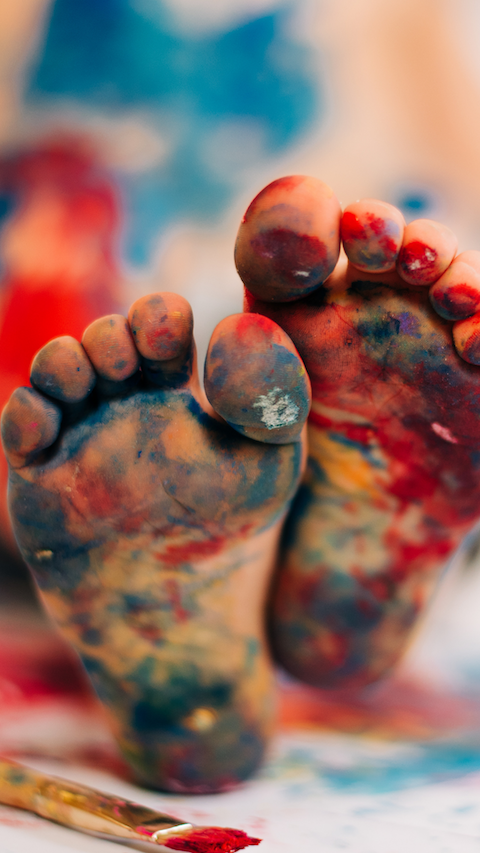
Here are some easy ways to inspire.
- Keep acrylic paint, crayons, brushes, paper, canvas, clay–anything tactile–on hand and available for kids to get into.
- Less talk, more action. Skip the excessive instruction and, instead, let kids dive in and get dirty.
- Jump in with them. Demonstrate the pleasure in play and experimentation through the act of creating.
- Don’t be critical of kids OR of your own attempts; there doesn’t have to be a right or wrong way.
- Recognize and praise individuality.
- Before you offer help, encourage kids to experiment and discover on their own. The lego car or painting of a dog may not turn out anything like the diagram or photo–who cares? Art isn’t necessarily the end result; it’s the journey.
- Let kids have messy spaces. This can be tough for folks who hate clutter, but for kids, it’s their sanctuary, a place where their imagination blossoms.
BONUS POINTS for adults who let kids dress themselves; this is one way we can foster self-expression and confidence from an early age.
Remember, kids are always watching grown ups; your actions and words communicate more than you know, so channel your inner Incurable Optimist, roll up your sleeves and get to play.
And, if you need help reconnecting with your own inner art child, the marketing coaching I do starts there. Reach out if you want to learn more, rosefredrick.com/contact/. I’ve got some great workshops coming up that will help. Please visit my Workshops page.
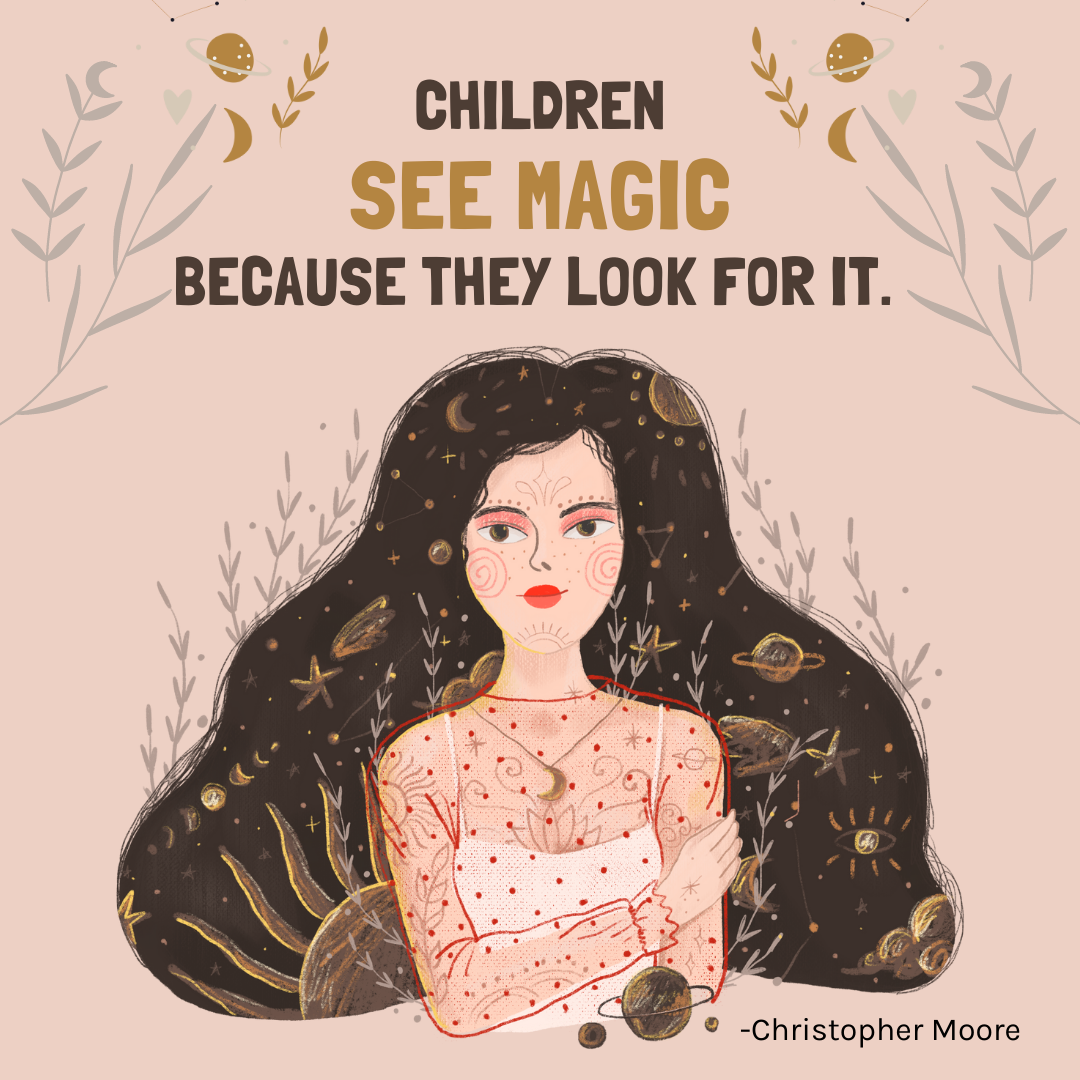
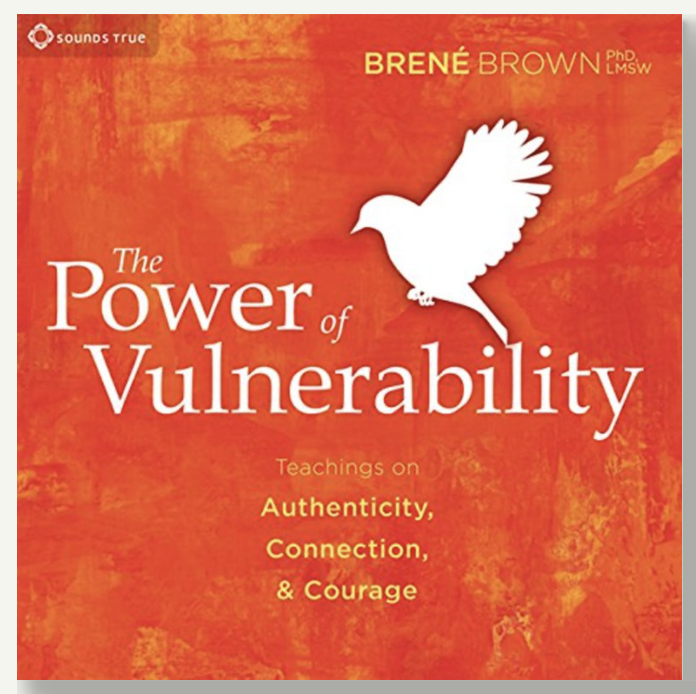
4 thoughts on “Building Creative Minds”